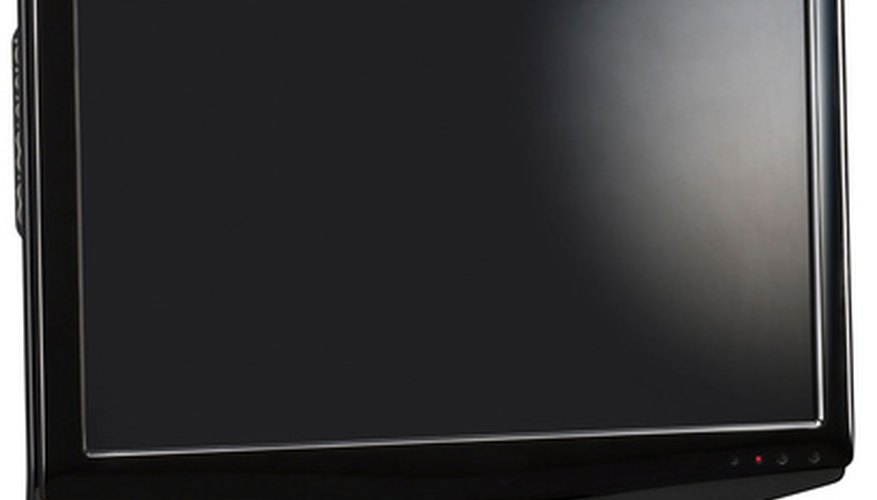How To Repair Clouding On My Tv Screen
How to set cloudy spots in LCD tv screens

It is an unfortunate reality that LCD screens (typically ones using fluorescent backlighting) can suffer from "clouding." This is a miracle where the lighting "leaks" to the visible portion of the screen, causing uneven blacks. This manifests itself as areas that appear more gray than blackness in darkly lit scenes, along with uneven brightness in normal pictures. This is sometimes remedied by a little pressure, and by adjusting the settings on the gear up.
- It is an unfortunate reality that LCD screens (typically ones using fluorescent backlighting) can endure from "clouding."
- This is a miracle where the lighting "leaks" to the visible portion of the screen, causing uneven blacks.
Access the Boob tube's menu using the remote control. Navigate to the bill of fare areas that suit backlight and screen brightness.
Lower the backlight to the everyman tolerable level. Often, backlighting can be turned off (or very shut to information technology) without appreciable degredation of picture quality. This will be an practise in getting used to lowered brightness versus cloudy visibility.
Plough off whatever automatic settings that adjust brightness based on room light. Oftentimes chosen an "iris" or "smart sensor," these disable the caste of control required to mitigate the visibility of clouds nether all viewing conditions.
- Turn off any automated settings that accommodate brightness based on room light.
- Often called an "iris" or "smart sensor," these disable the degree of control required to mitigate the visibility of clouds under all viewing atmospheric condition.
Plow the TV off. Take a clean, lint-gratuitous (preferably brand-new) cloth and wipe, using house notwithstanding cautious pressure, from the centre of the screen to the edges. Repeat until the visibility of the clouds is reduced.
Loosen (merely do not remove) the screws along the upper rear of the set up. Many times, these screws are then tight that they cause the screen to slightly warp, causing visible unevenness in the backlighting. Recall to get out the screws tight enough, all the same, to prevent the set from falling autonomously. Usually, 1/four plough is sufficient.
Lightly twist the cabinet of the LCD while the screws are loose. Turn on the set to make up one's mind if the clouds have been reduced. If non, tighten the screws back upwards on the rear of the set close to their previous tightness.
Never employ pressure to an LCD screen with the power on.
Source: https://www.ehow.co.uk/how_6516595_fix-spots-lcd-tv-screens.html
Posted by: wisemanmuccer.blogspot.com


0 Response to "How To Repair Clouding On My Tv Screen"
Post a Comment